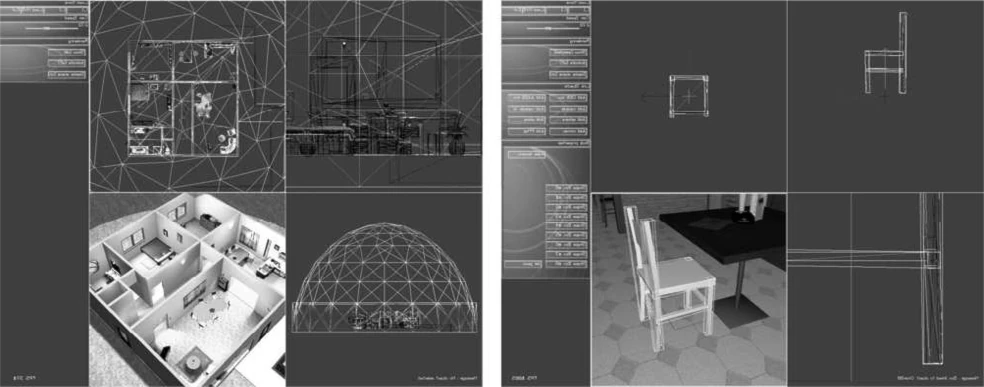MHaptic

Tool Summary
| Metadata | |
|---|---|
| Release Yearⓘ The year a tool was first publicly released or discussed in an academic paper. | 2007 |
| Platformⓘ The OS or software framework needed to run the tool. | C++ |
| Availabilityⓘ If the tool can be obtained by the public. | Unavailable |
| Licenseⓘ Tye type of license applied to the tool. | Unknown |
| Venueⓘ The venue(s) for publications. | IEEE CW |
| Intended Use Caseⓘ The primary purposes for which the tool was developed. | Virtual Reality |
| Hardware Information | |
|---|---|
| Categoryⓘ The general types of haptic output devices controlled by the tool. | Force Feedback |
| Abstractionⓘ How broad the type of hardware support is for a tool.
| Consumer |
| Device Namesⓘ The hardware supported by the tool. This may be incomplete. | Haptic Workstation |
| Device Templateⓘ Whether support can be easily extended to new types of devices. | No |
| Body Positionⓘ Parts of the body where stimuli are felt, if the tool explicitly shows this. | Hand |
| Interaction Information | |
|---|---|
| Driving Featureⓘ If haptic content is controlled over time, by other actions, or both. | Action |
| Effect Localizationⓘ How the desired location of stimuli is mapped to the device.
| Target-centric |
| Non-Haptic Mediaⓘ Support for non-haptic media in the workspace, even if just to aid in manual synchronization. | Visual |
| Iterative Playbackⓘ If haptic effects can be played back from the tool to aid in the design process. | No |
| Design Approachesⓘ Broadly, the methods available to create a desired effect.
| Direct, Procedural |
| UI Metaphorsⓘ Common UI metaphors that define how a user interacts with a tool.
| Demonstration |
| Storageⓘ How data is stored for import/export or internally to the software. | Custom XML |
| Connectivityⓘ How the tool can be extended to support new data, devices, and software. | API |
Additional Information
MHaptic and its associated Haptic Scene Creator allows for augmenting virtual reality 3D models so they can be interacted with using a bimanual force-feedback device. The underlying MHaptic library can be used directly, or the Creator can be used to load 3D models, generate haptic geometries for them, and manually adjust the resulting elements.
For more information about MHaptic and the Haptic Scene Creator, consult the 2007 International Conference on Cyberworlds paper.